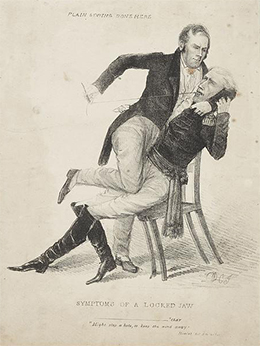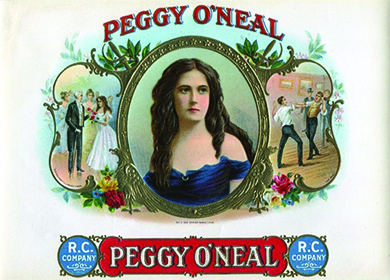10.2 The Rise of American Democracy – U.S. History | OpenStax
Learning Objectives
- Describe the key points of the election of 1828
- Explain the scandals of Andrew Jackson’s first term in office
Note: Select the following video to listen to the audiobook version of this open textbook. Learners are encouraged to scroll down to follow along with the written text to support comprehension and retention of key concepts.
A turning point in American political history occurred in 1828, which witnessed the election of Andrew Jackson over the incumbent John Quincy Adams. While democratic practices had been in ascendance since 1800, the year also saw the further unfolding of a democratic spirit in the United States. Supporters of Jackson called themselves Democrats or the Democracy, giving birth to the Democratic Party. Political authority appeared to rest with the majority as never before.
THE CAMPAIGN AND ELECTION OF 1828
During the 1800s, democratic reforms made steady progress with the abolition of property qualifications for voting and the birth of new forms of political party organization. The 1828 campaign pushed new democratic practices even further and highlighted the difference between the Jacksonian expanded electorate and the older, exclusive Adams style. A slogan of the day, “Adams who can write/Jackson who can fight,” captured the contrast between Adams the aristocrat and Jackson the frontiersman.

At the local level, Jackson’s supporters worked to bring in as many new voters as possible. Rallies, parades, and other rituals further broadcast the message that Jackson stood for the common man against the corrupt elite backing Adams and Clay. Democratic organizations called Hickory Clubs, a tribute to Jackson’s nickname, Old Hickory, also worked tirelessly to ensure his election.
In November 1828, Jackson won an overwhelming victory over Adams, capturing 56 percent of the popular vote and 68 percent of the electoral vote. As in 1800, when Jefferson had won over the Federalist incumbent John Adams, the presidency passed to a new political party, the Democrats. The election was the climax of several decades of expanding democracy in the United States and the end of the older politics of deference.
Click and Explore
Visit The Hermitage to explore a timeline of Andrew Jackson’s life and career. How do you think the events of his younger life affected the trajectory of his political career?
SCANDAL IN THE PRESIDENCY
Amid revelations of widespread fraud, including the disclosure that some $300,000 was missing from the Treasury Department, Jackson removed almost 50 percent of appointed civil officers, which allowed him to handpick their replacements. This replacement of appointed federal officials is called rotation in office. Lucrative posts, such as postmaster and deputy postmaster, went to party loyalists, especially in places where Jackson’s support had been weakest, such as New England. Some Democratic newspaper editors who had supported Jackson during the campaign also gained public jobs.
Jackson’s opponents were angered and took to calling the practice the spoils system, after the policies of Van Buren’s Bucktail Republican Party. The rewarding of party loyalists with government jobs resulted in spectacular instances of corruption. Perhaps the most notorious occurred in New York City, where a Jackson appointee made off with over $1 million. Such examples seemed proof positive that the Democrats were disregarding merit, education, and respectability in decisions about the governing of the nation.

Extra Credit
CC Licensed Content Shared Previously
“Chapter 10 Jacksonian Democracy, 1820-1840 ” by Open Audio is licensed CC BY.
U.S. History by OpenStax is licensed CC BY.

